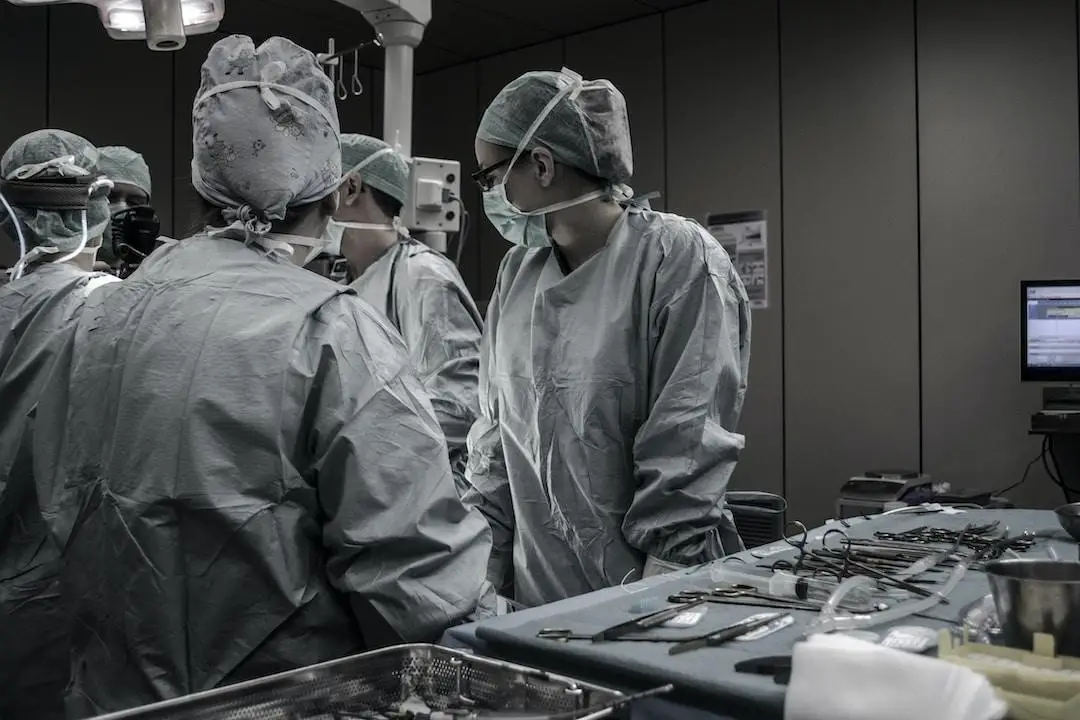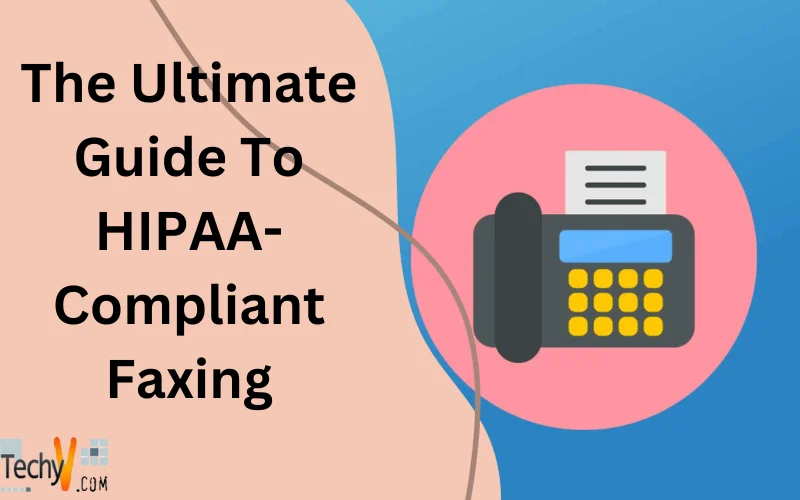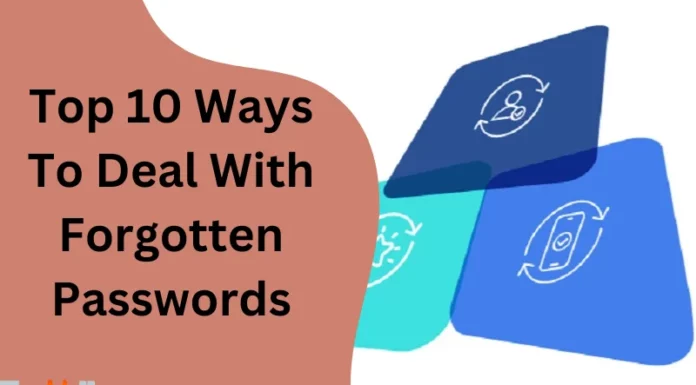Just like many other industries, healthcare has turned digital. However, there still exist a few traditional methods of communication that are used, one of them being faxing. Even though it might sound obsolete, faxing is still widely used in healthcare for sharing patient information. In this article, we delve into the importance, features, steps, and challenges of HIPAA-compliant faxing.
Understanding HIPAA And Fax Communications
Alt Text: A doctor standing outside, smiling.
The Health Insurance Portability and Accountability Act (HIPAA) sets the standards for protecting sensitive patient data. Any company that handles protected health information (PHI) must have secure networks, systems, and processes to comply with HIPAA requirements.
Faxing is one of the communication methods that come under HIPAA’s scrutiny. Faxing might seem old-fashioned, but it is still prevalent in the healthcare industry due to its reliability. For an organization to comply with HIPAA, it needs to have proper measures in place while faxing patient information.
The Importance Of HIPAA-Compliant Faxing In Healthcare
HIPAA-compliant faxing plays a crucial role in the healthcare industry. With laws strictly regulating the use and disclosure of protected health information, compliant faxing ensures that this information is protected during transfer.
Hospitals, clinics, and other healthcare providers regularly deal with sensitive patient information. Failure to protect this data could lead to breaches, causing legal issues and loss of patient trust.
Furthermore, compliant faxing solutions provide an efficient way for healthcare providers to send and receive information while adhering to regulations, thus safeguarding it.
Key Features Of HIPAA-Compliant Fax Solutions
HIPAA-compliant fax solutions come with several features designed to protect patient information. The most basic yet important of these features is encryption, which ensures that the faxed data is only readable by the intended recipient.
Not only is the data encrypted during transmission, but many solutions also encrypt stored faxes, providing an extra layer of security.
To ensure that only authorized individuals can access the data, these solutions feature user authentication. This prevents unauthorized individuals from viewing sensitive information.
Steps To Ensure Your Faxing Is HIPAA Compliant
Alt Text: A team of doctors going over the process before a procedure.
Maintaining HIPAA compliance while faxing requires a careful approach. The first step is to limit the information being faxed. Only necessary information should be shared, reducing the chances of unauthorized access.
Next, follow a secure faxing process. Regardless of whether faxing is done digitally or using traditional methods, it is crucial to adhere to safe practices. This can include everything from encrypting the data to using secure networks.
Most importantly, it is important to have a properly trained staff. They should be aware of the regulations and know the precautions to take while faxing patient information.
Implementing HIPAA-compliant faxing comes with its own challenges. The first challenge is replacing or upgrading existing fax machines, which can be costly.
Moreover, staff training can be an arduous process. Not everyone is naturally tech-savvy, so it may require time and energy to bring all staff up to speed with the new system. Patients, too, might have reservations about a new process. Hence, their concerns need to be addressed adequately to maintain their trust.
Despite the challenges, the outcome of implementing secure faxing solutions provides not only compliance with regulations but also improved security and satisfaction for patients.
Overall, HIPAA-compliant faxing is a necessity in the healthcare industry, balancing the need for convenient communication with the obligation to protect sensitive data. By understanding its importance, features, and challenges, healthcare providers can uphold best practices and maintain the highest level of patient confidentiality.



















